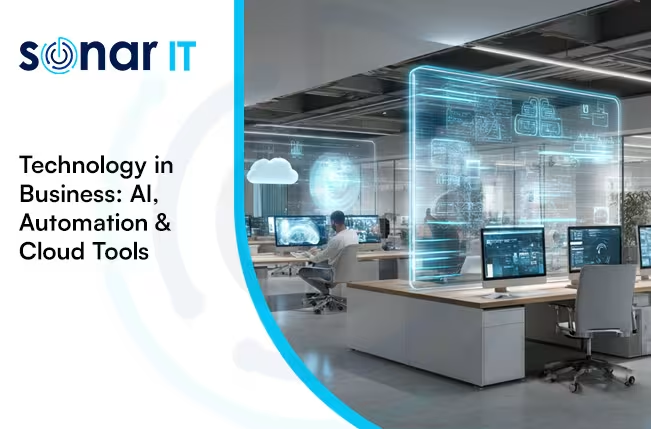Windows 10 End of Life: Why Businesses Must Prepare for the Windows 11 Upgrade
Windows 10 End of Life: What It Means for Businesses and Why You Should Upgrade to Windows 11 Now
Microsoft has officially confirmed that Windows 10 will reach its end of life on October 14, 2025. While this may sound like a distant deadline, the reality is that now is the time to act.
If your business is still running Windows 10, it’s crucial to start planning your upgrade strategy. Why? Because after this date, there will be no more security updates, bug fixes, or technical support for Windows 10 and leaving your systems vulnerable and non-compliant.
Whether you're an SME or a larger enterprise, this change brings both risk and opportunity. With the right Business IT Support partner, your transition to Windows 11 can be smooth, secure, and strategically aligned with your business goals.
Why Windows 10 End of Life Matters for Your Business
Once an operating system reaches End of Life (EOL) status, it no longer receives:
- Security patches
- Critical updates
- Technical support
This opens the door to:
- Increased risk of cyberattacks, ransomware, and malware
- Data breaches and GDPR non-compliance
- Software compatibility issues and outdated functionality
Even with antivirus software in place, an unsupported OS is a major weak link in your security posture.
Key Business Benefits of Upgrading to Windows 11
Upgrading to Windows 11 is more than a cosmetic change — it’s a significant leap forward in terms of security, productivity, and future-proofing your IT infrastructure.
Here’s what your business stands to gain:
✅ 1. Enhanced Security
- Built-in TPM 2.0 encryption
- Secure Boot and Windows Hello biometric login
- Stronger defences against modern cyber threats
✅ 2. Improved Performance
- Smarter memory and resource management
- Better multitasking with Snap Layouts and virtual desktops
✅ 3. Modern User Experience
- A cleaner, more intuitive interface
- Increased accessibility and usability for hybrid workforces
✅ 4. Microsoft 365 Integration
- Seamless access to cloud-based tools
- Enhanced support for Microsoft Copilot and AI productivity features
✅ 5. Support for New Hardware
- Optimised for newer processors and devices
- Better performance on energy-efficient hardware
💡 Want help with Microsoft 365 migration? Our team can integrate your apps, data, and security across devices during your OS upgrade.

Business IT Support: Ensuring a Smooth Transition
Migrating from Windows 10 to Windows 11 requires careful planning, and Business IT Support services can help by:
- Assessing Compatibility: Evaluating hardware and software compatibility with Windows 11.
- Developing an Upgrade Strategy: Minimizing downtime and ensuring a seamless transition.
- Data Backup & Recovery: Protecting critical business data before the upgrade.
- Employee Training: Ensuring teams are comfortable with the new interface and features.
- Ongoing Maintenance: Providing continued support to address any issues post-upgrade.
What If Your Business Can’t Upgrade Right Away?
If your current hardware doesn’t meet Windows 11 upgrade requirements, you have a few options:
- Upgrade Hardware: Invest in modern devices that support Windows 11.
- Use Windows 10 Extended Security Updates (ESU): Microsoft may offer paid security updates for a limited time.
- Consider Virtualization: Using cloud-based solutions to run Windows 11 on older systems.
Take Action Now
With the Windows 10 end-of-life date approaching, businesses should not delay in planning their Windows 11 upgrade. Engaging with a Business IT Support provider can make the process smooth, ensuring security, compliance, and efficiency.
Is your business ready for Windows 11? Contact our Business IT Support team today to develop a strategic upgrade plan that fits your needs.
.svg)






